At 9.5 square miles (25.6 square kilometers), the Topaz Solar Farm, in southern California, is about one-third the size of Manhattan island, or the equivalent of 4,600 football fields.
Nine million cadmium telluride solar modules now cover part of Carrizo Plain. The modules are part of Topaz Solar Farm, one of the largest photovoltaic power plants in the world.
Construction at Topaz began in 2011. The plant was mostly complete by November 2014, when it was turned on and began to generate electricity. By February 2015, all construction activity ended and plant operator BHE Renewable was set to announce that the project was officially complete. When operating at full capacity, the 550-megawatt plant produces enough electricity to power about 180,000 homes. According to BHE estimates, that is enough to displace about 407,000 metric tons of carbon dioxide per year, the equivalent of taking 77,000 cars off the road.
From the ground level, the scope of the facility is difficult to comprehend. Visitors to Topaz describe rows of solar panels that seem to stretch endlessly into the horizon. This satellite image, captured on January 2, 2015, by the Operational Land Imager on Landsat 8, helps put the facility into perspective. Solar arrays appear gray and charcoal. The surrounding farmland and grasslands appear brown and green. The power plant is situated within a plain flanked by the Caliente Range to the west and the Temblor Range to the east.
source earthobservatory

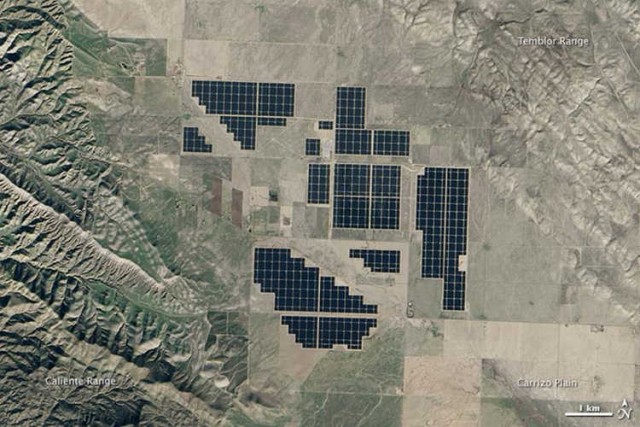
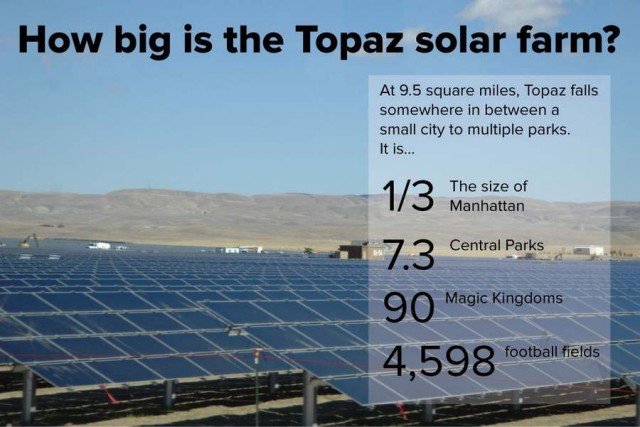
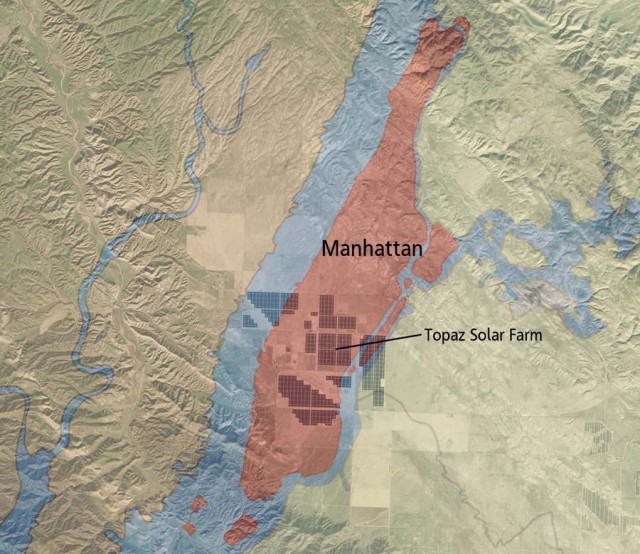
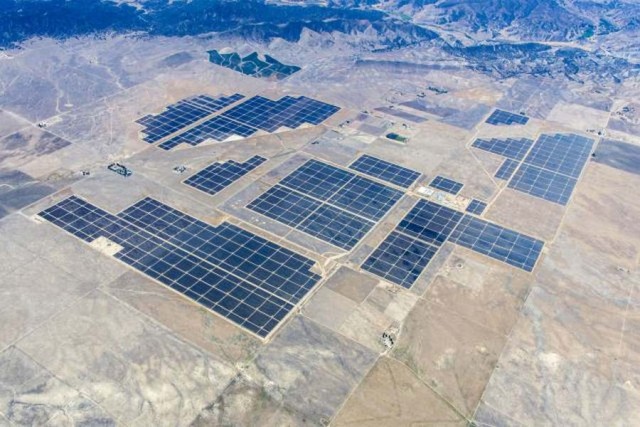
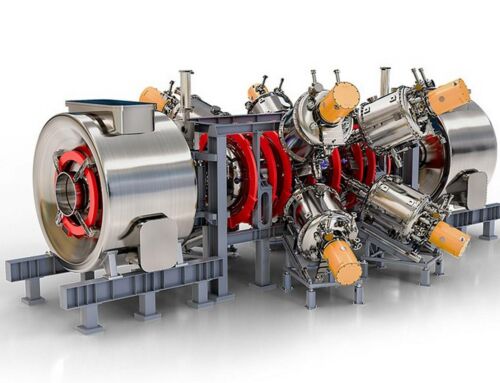
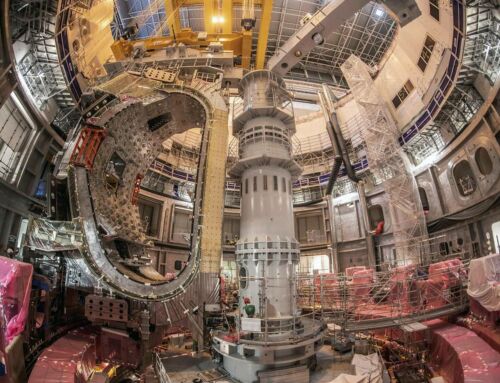
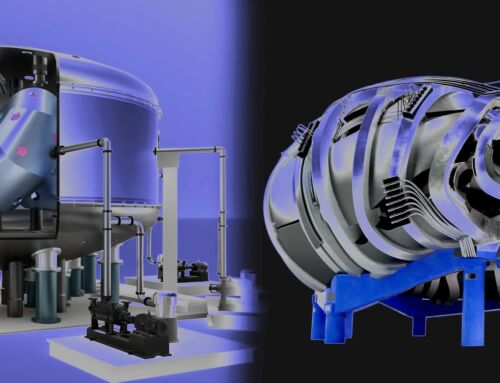
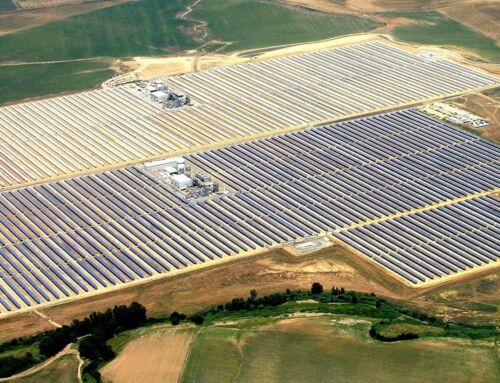
Leave A Comment